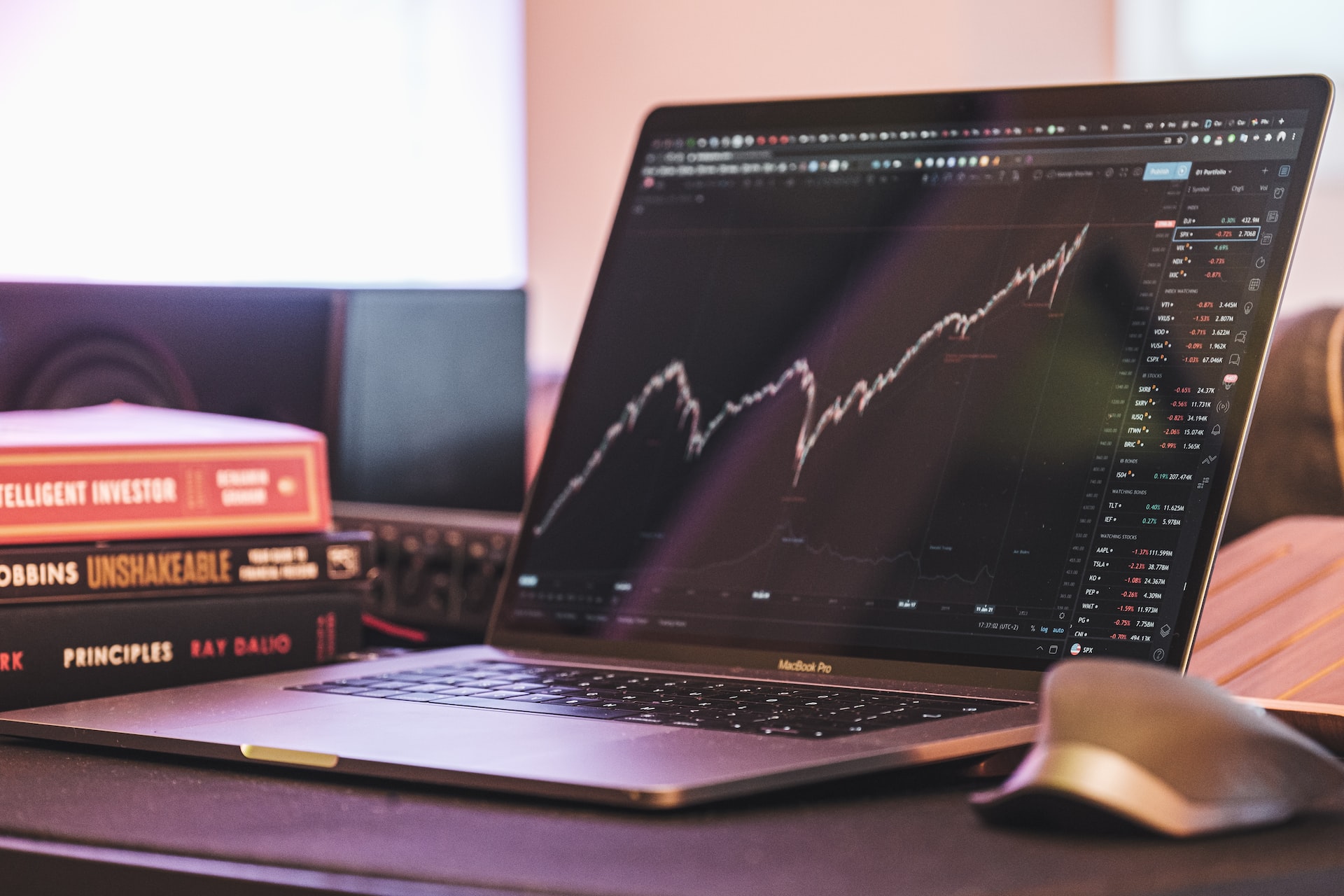introduction: Lithium Prices Reach New Heights
Lithium carbonate prices have continued to rise and break records, this time setting a per-ton mark of $71,000 USD in mid-September. Prices have climbed since early 2021 off an ever-strengthening market for electric vehicles and global economic recovery from COVID. The surging lithium prices were already cause for concern for a lot of EV manufacturers last year. In 2022, with little movement in lithium production capacity and pressure from global governments to shift to low carbon operations has further increased demand.
Refining lithium is a ‘license to print money’
Tesla CEO Elon Musk remarked that being in the lithium refinery industry was “a license to print money”, and the EV manufacturer recently unveiled plans to open its own refinery in 2024 in Texas. While the profit margins associated with Musk’s comments have been trimmed as a result of slow lithium supply, as Bloomberg’s Mark Burton notes, there remains several opportunities for improvement within the lithium sector.
“The reversal is a reminder of how refiners — and the entire electric-vehicle supply chain — are at the mercy of the miners and their ability to bring on new production quickly enough to meet spiraling demand,” explains Burton, “Delayed supply responses are commonplace in other commodities markets, which is why the lion’s share of profits are typically made in mining, not refining.”
While the mining sector may control the rest of the supply chain, its lithium production infrastructure is lacking. The rapid demand for lithium has outpaced the industry’s ability to modernize and overhaul its operations. Usually used in consumer electronics, lithium demand was always relatively low and steady, with supply easily available. The rise of electric vehicles and large-scale lithium-ion batteries for renewable energy storage meant a much larger demand that operators are capable of producing – which only further drives prices up.
Improving the lithium supply chain
“The global lithium mining market is expected to grow from $3.33bn in 2020 to $6.37bn by 2030. However, despite the surge in prices and EV demand, lithium is receiving less funding than required, risking a structural deficit in the future,” points out Zachary Skidmore. This further emphasizes Burton’s point that the mining industry holds all the cards in the lithium market sweepstakes – what is needed is to improve their lithium extraction capacity, and to make their industry more sustainable.
While this may seem like an impossible task, technology has already been created that addresses these core issues, as Skidmore notes, “Direct Lithium Extraction (DLE) […] is expected to boost existing capacities via increased recoveries and lower operating costs, while also improving the sustainability aspects.” DLE is considered a successor to lithium brine extraction, with certain technology – like EnergyX’s LiTAS™ – capable of being game changers.
In field tests at live lithium extraction sites, LiTAS™ recovered over 90% of the lithium in the system in a matter of days using no chemicals and very little water. This in itself is a breakthrough for a lithium extraction sector that usually sees its brine operations yield 30% of lithium within its evaporation ponds using large amounts of water and chemicals over a series of months. DLE technology like LiTAS™ is expected to improve the sustainability of lithium miners, while also vastly upgrading their operational capacities – the refining sector might print money, but DLE technology is the physical printer.
Conclusion: Will lithium prices continue to rise?
One of the world’s largest lithium producers, SQM, has told investors that the lithium market will be “very tight” in coming years. Lithium demand will continue to rise as countries seek to reach their net-zero goals, but as long as the bottleneck in lithium supply is not fixed rapidly prices are likely to keep rising as pressures accumulate. Fixing the supply chain requires new technology and infrastructure to replace aging, inefficient, and unsustainable mining practices. Implementing LiTAS™ DLE technology would be a step in the right direction for lithium producers, and could help avoid a potential 2026 deficit. In addition to helping the world meet its sustainability goals, DLE technology will ensure green jobs within the lithium supply chain from brine to battery.

